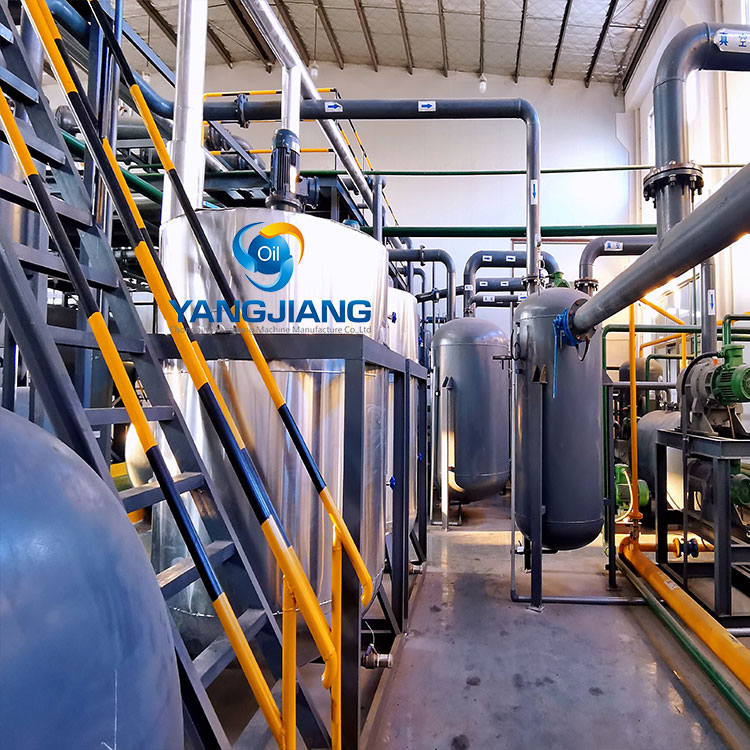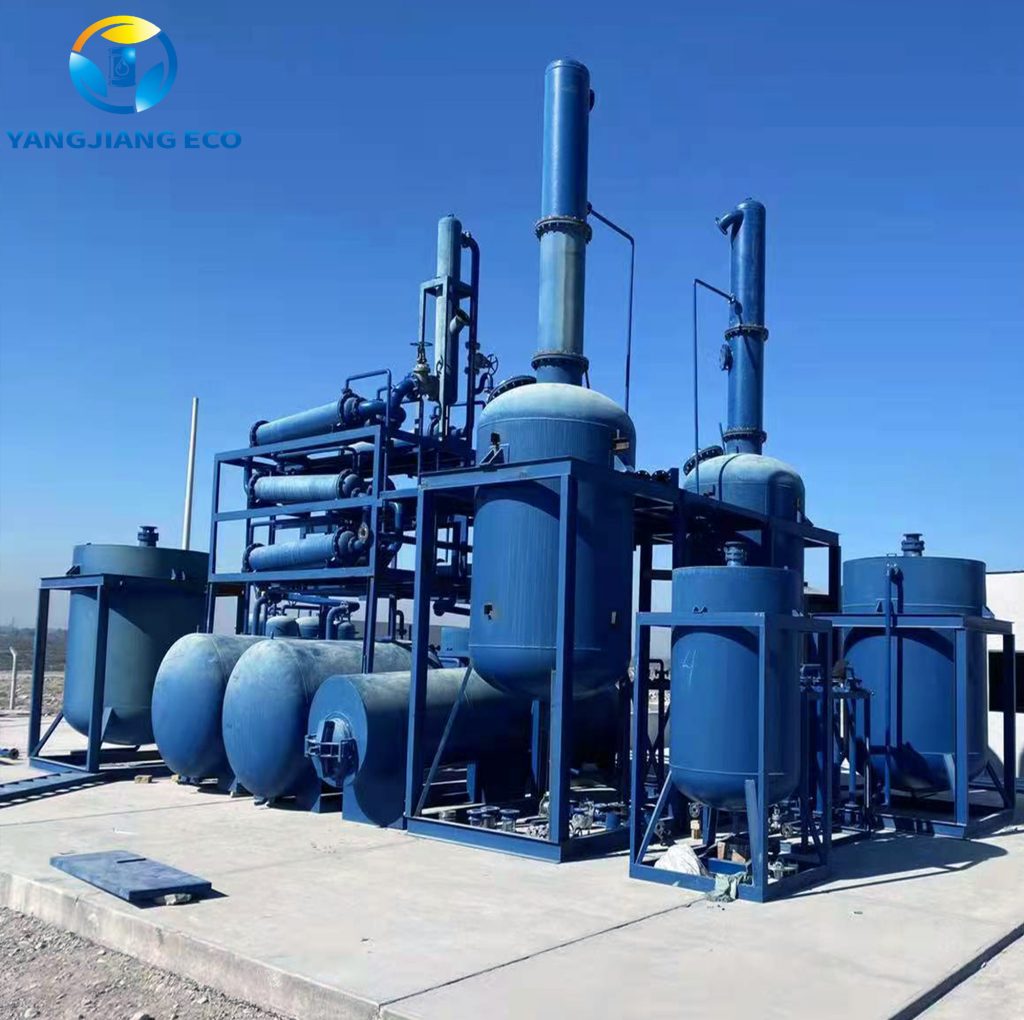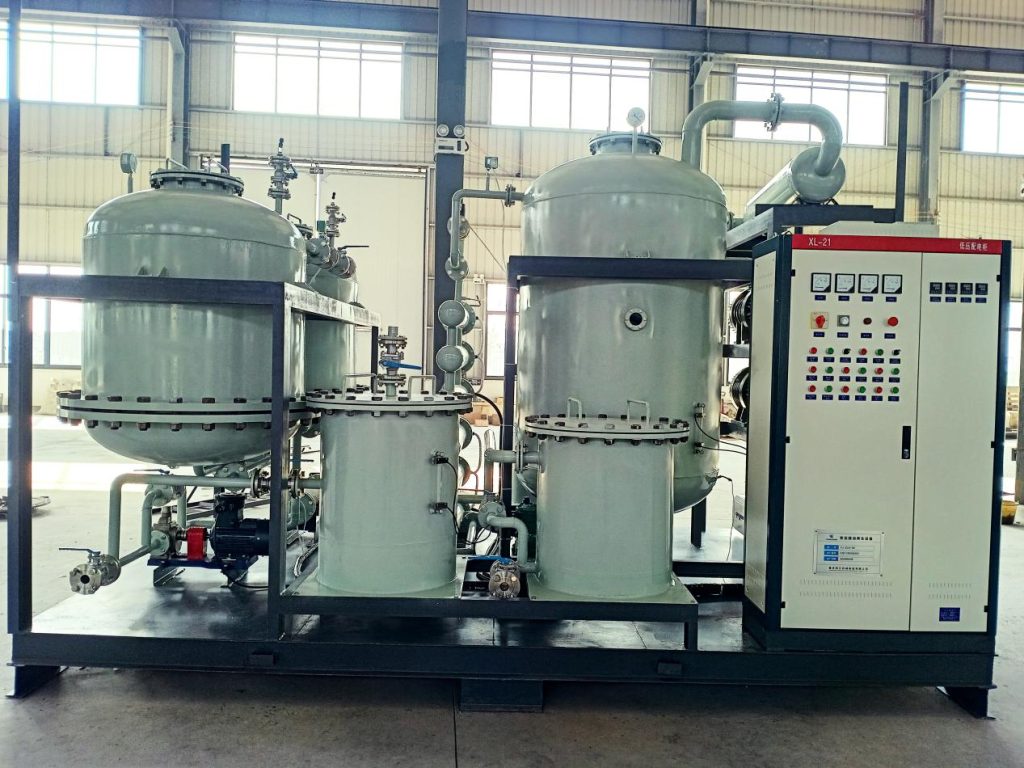Waste oil often refers to the by-products of industrial production, automobile maintenance and mechanical operation. If waste oil is not managed properly, it may cause serious environmental pollution and health hazards. Waste oil regeneration and recycling are important technologies for recovering base oil and reducing environmental impact.
Why does Waste Oil Need Regeneration?
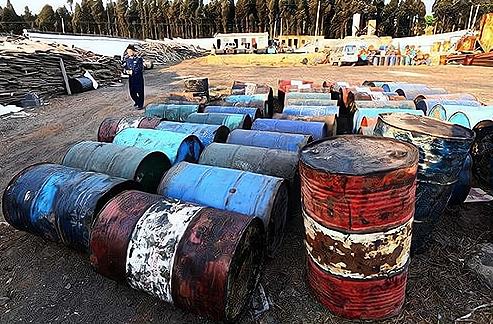
Waste oil, such as used motor oil, industrial lubricants, and hydraulic fluids. Over time, these oils degrade due to exposure to heat, moisture, dirt, and chemical contaminants. Although they lose their effectiveness for their original use, waste oils still contain a significant amount of reusable base oil. Disposing of waste oil without treatment poses serious environmental risks, including soil contamination, water pollution, and harmful air emissions.
Waste oil regeneration is essential because it transforms a hazardous material into useful resource. By removing contaminants and restoring the oil’s original properties, regeneration allows the oil to be reused safely and effectively. This process reduces the demand for virgin crude oil, minimizes carbon emissions from refining, and supports a circular economy. In contrast to burning or dumping, waste oil recycling is a cost-effective and sustainable solution. It not only protects the environment but also conserves natural resources, making it a critical component of responsible industrial and environmental management.
What are the Methods of Waste Oil Regeneration?
Regeneration of waste oil involves a variety of proven methods that are designed to get rid of pollutants and bring used oil back to its original condition. The most popular methods are:
Vacuum Distillation
Vacuum distillation is generally regarded as the most effective methods of reuse of waste oil. Through this method, the it is heated to low pressure. This reduces the boiling point of its constituents. This allows the segregation bases oils of impurities such as liquids, metals heavy and sludge, without affecting the oil’s performance. It is the result of a pure oil that can then be reused in industrial processes or for the base stock of lubricants.
Hydrotreating
Hydrotreating is a cutting-edge refinement technique that involves the process of removing oil from the tank. The waste is remediated using hydrogen gas under temperatures and pressures under the supervision of catalyst. The process effectively eliminates sulfur, nitrogen and other contaminants that cause harm, resulting in an oil that is regenerated to meet stringent industrial standards. Hydrotreating can also enhance the stability of oil and its performance and makes it suitable for use in high-end applications.
Solvent Extraction
Solvent extraction employs special chemical solvents that remove contaminants and dissolve them from used oil. This process is highly effective at eliminating impurities, such as the asphaltic compounds and heavy metals. Following extraction and recovery of solvents, the solvent can be reused and reused. This makes it an environmentally-friendly and cost-effective method.
They are typically coupled with pre-treatment procedures like centrifugation or filtration, to increase the efficiency of regeneration overall. Together, they make up the basis of modern system for recycling waste oil that allow for the recovering of valuable materials while also protecting the environment.
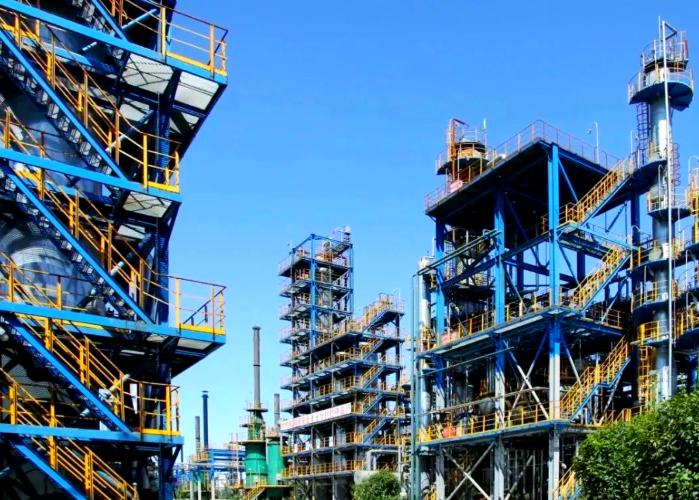
Key Technologies Used in Waste Oil Regeneration
The efficiency of the waste oil recovery is greatly dependent on sophisticated technologies used in the treatment process. The key technology ensures that the contaminants are effectively removed and that the oil regenerated meets requirements for quality and is suitable for reuse.
- Centrifugation Technology: It plays an essential role during the initial stages of regeneration. It does this by sorting the solids, sludge and even water from leftover oil. Through spinning the oil with high speeds, the technique makes use of variations in density to separate impure substances, drastically decreasing the burden on later cleaning stages.
- Filtration Systems: High-precision filtration equipment is used to remove fine particles as well as residual pollutants that persist after centrifugation. Modern technology for filtration utilizes multiple-stage filters, which include ultra- and micro-filtration membranes that ensure quality and clarity in recycled oil.
- Adsorption Techniques: Adsorption equipment utilizes materials like carbon and activated clay in order to eliminate odor, color and other small chemical impurities. They have porous structures which trap unwanted substances, enhancing the appearance of oil and its performance while not affecting its primary properties.
- Catalytic Processing: For processes like catalytic reactions, hydrotreating is used. They use special catalysts that are designed to aid in chemical reactions which break down the sulfur compound, nitrogen oxides and various other toxic compounds. The technology does not just purify the oil, it also increases the stability of its temperature and its resistance to oxidation.
- Solvent Recovery Systems: Effective solvent recovery systems are crucial when solvent extraction strategies used. They recycle solvents through distillation, which reduces waste and operation costs and guaranteeing environmental compliance.
In combination, these two technologies create an integrated framework for regeneration which maximizes the recovery rate, minimizes pollution, and generates top-quality recycled oil that is suitable for a variety of industries.

Is Waste Oil Regeneration Useful?
It is a waste product from engines, machines as well as industrial processes, is a source of hazardous contaminants, such as chemical compounds, heavy metals and dirt which make it unsuitable for reuse or recycling. If handled improperly, oil may cause environmental harm, such as the pollution of water and soils which can harm ecosystems as well as the health of humans.
Regeneration of waste oil is crucial as it turns this dangerous substance into an important resource. Regeneration allows contaminants to be eliminated from the oil, and its initial properties are rehabilitated and it can be reused safely. The process does not just prevent pollution, it also cuts down on the necessity for fresh crude oil extraction, preserving the natural resources while reducing usage of energy.
In addition, recycling waste oil assists in sustainable waste management through reducing landfill usage as well as reducing the harmful emission from burning or the improper disposal. Since governments and industries are focusing on sustainability and recycling waste oil has emerged as a key option that helps to create the circular economy and provides environmental and economic advantages.
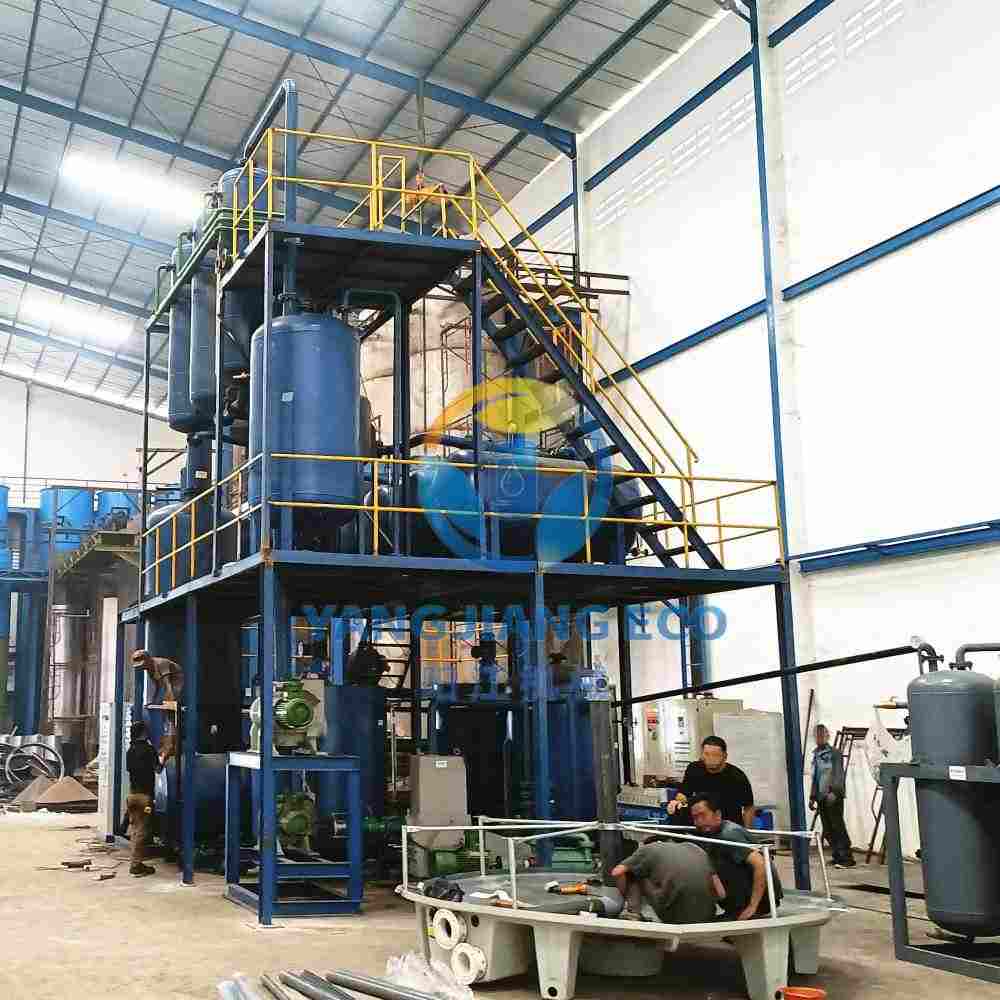
Summary and Recommendations
The recycling of hazardous waste oil, through methods such as re-refining, solvent extraction, and hydroprocessing, has developed into an important process for saving resources and protecting the environment. Not only does this process of advanced recycling improve the ecological footprint of an industry, but it can also be refined further into more useful products.
Key Recommendations:
✔Adopt Modern Technologies – Upgrade to efficient waste engine oil regeneration machines that utilize hydroprocessing or thin-film evaporation for superior oil recovery.
✔Ensure Regulatory Compliance – Corporate businesses must comply with the latest environmental regulations and laws to be legally protected and for the sake of the environment.
✔Promote Industry Collaboration – The waste oil producers, the recyclers, and the policymakers should be in collaboration for the waste oil recycling infra-structure to be developed.
✔Educate Stakeholders – Enlighten or spread the word to businesses and marketers as well as the consumers about the need for waste oil recycling and its advantages.
If waste oil can be embraced to be refined further, it can be seen as an economic recovery rather than the environmental concerns it creates. Regeneration of waste oil has its advantages if the company supports the sustainable goals instead of thinking short term. Not only does this support the sustainability targets of a company, it also saves a lot in the long run. Any forward-thinking businesses, who wish for a sustainable and safer environment, should adopt these methods.
Recommended Products

